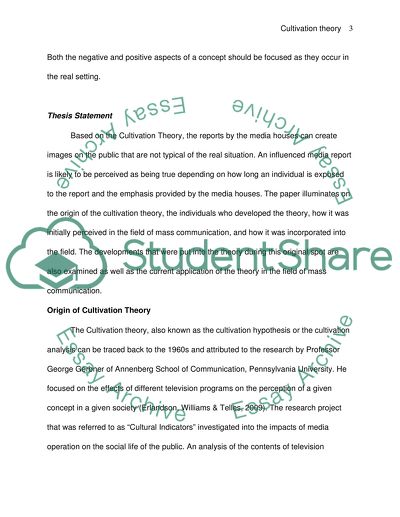Cite this document
(“Cultivation Theory Term Paper Example | Topics and Well Written Essays - 1500 words”, n.d.)
Retrieved from https://studentshare.org/environmental-studies/1419887-cultivation-theory
Retrieved from https://studentshare.org/environmental-studies/1419887-cultivation-theory
(Cultivation Theory Term Paper Example | Topics and Well Written Essays - 1500 Words)
https://studentshare.org/environmental-studies/1419887-cultivation-theory.
https://studentshare.org/environmental-studies/1419887-cultivation-theory.
“Cultivation Theory Term Paper Example | Topics and Well Written Essays - 1500 Words”, n.d. https://studentshare.org/environmental-studies/1419887-cultivation-theory.


